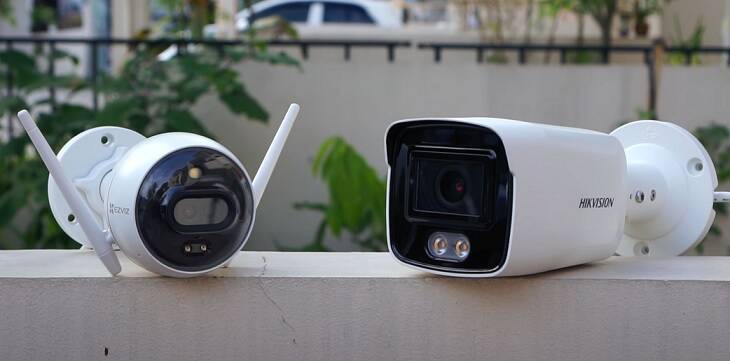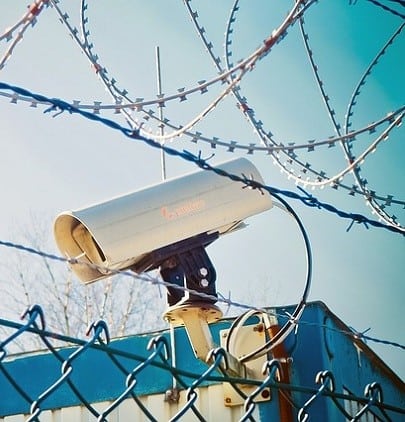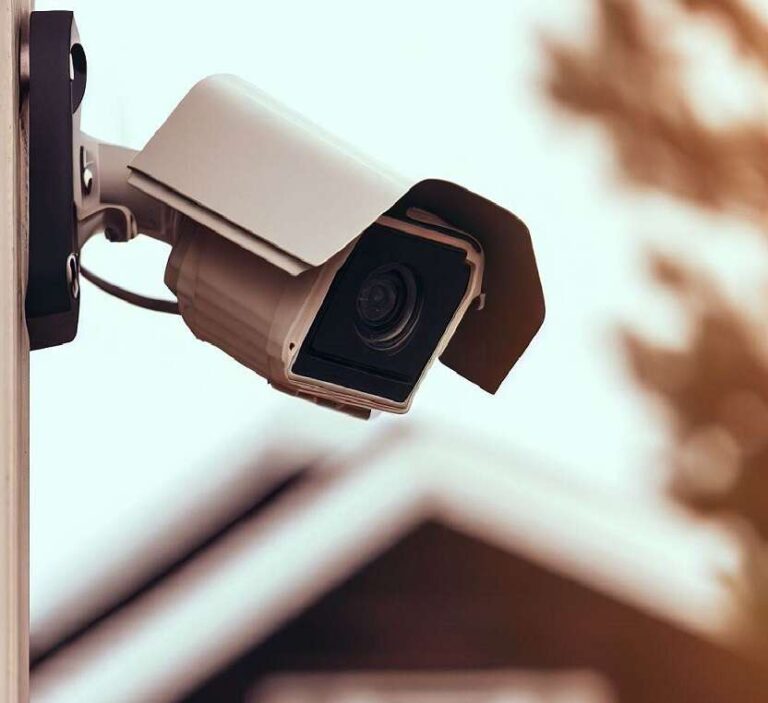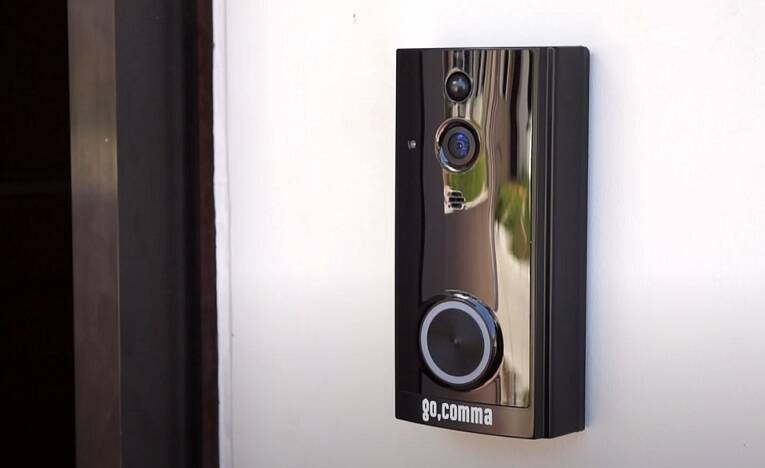How does color night vision work in modern security cameras?
Security cameras have come a long way in providing round-the-clock surveillance. In the past, night vision predominantly relied on traditional methods, such as infrared (IR) illumination, which produced monochrome or grayscale images. While IR night vision remains widely used and effective, advancements in technology have paved the way for the development of color night vision.
Did you know that according to the FBI and the US Department of Justice, daylight burglaries account for the majority, with a staggering 65% of break-ins transpiring during these hours due to the increased likelihood of homes being unoccupied.

The Mechanics of Color Night Vision
Modern security cameras equipped with color night vision technology use a combination of cutting-edge features to deliver color images in low-light scenarios:
1. Low-Light Sensors: These cameras employ highly sensitive image sensors, such as CMOS or CCD sensors, that can capture and process available light effectively.
2. Enhanced Image Processing: Advanced algorithms are used to reduce noise, enhance contrast, and correct colors, resulting in clearer and more vibrant images.
3. Utilization of Ambient Light: Color night vision cameras make the most of available ambient light sources to capture color images. Even the faintest glimmer of light is harnessed to create colorful, detailed visuals.
4. IR Illuminators: In cases of complete darkness, some cameras incorporate infrared illuminators, invisible to the human eye, to provide the necessary illumination for color image capture.
5. High-Quality Lenses: These cameras feature top-notch lenses with wide apertures to maximize light intake, enabling them to perform well in low-light conditions.
6. Color Image Retention: To maintain color information in low-light conditions, these cameras process and amplify color channels separately.
7. Post-Processing and Smart Algorithms: Advanced cameras employ post-processing techniques and smart algorithms for denoising, edge detection, and contrast adjustments to further enhance color and details.
8. Integration with AI: AI integration enhances color night vision cameras’ capabilities by identifying objects, people, or vehicles even in low-light environments, enabling intelligent monitoring and alerting.
The Impact of Color Night Vision
The security camera market is experiencing a revolutionary shift towards color night vision. This advancement provides homeowners and businesses with clearer and more detailed nighttime images, which allows them to identify intruders, vehicles or other important details with greater accuracy. The improved visibility is particularly valuable for outdoor surveillance, as it allows for better monitoring of outdoor spaces during the night.
In addition to enhancing security, the integration of AI with color night vision is leading to even more advanced features. These cameras can provide real-time alerts and notifications when suspicious activities are detected, making them even more useful in security applications.
As technology evolves, color night vision technology is likely to advance further, offering even better performance and new capabilities. As more consumers demand this feature in their security cameras, manufacturers are driven to innovate and improve, making our homes and properties safer than ever.
In summary, color night vision is a game-changer in the security camera industry. By utilizing ambient light, AI, and advanced image processing, these cameras have transformed nighttime surveillance. With the ability to capture clear and colorful images in low-light conditions, they provide enhanced security and peace of mind for homeowners and businesses. As technology continues to evolve, we can expect even more impressive advancements in the field of security and surveillance.






